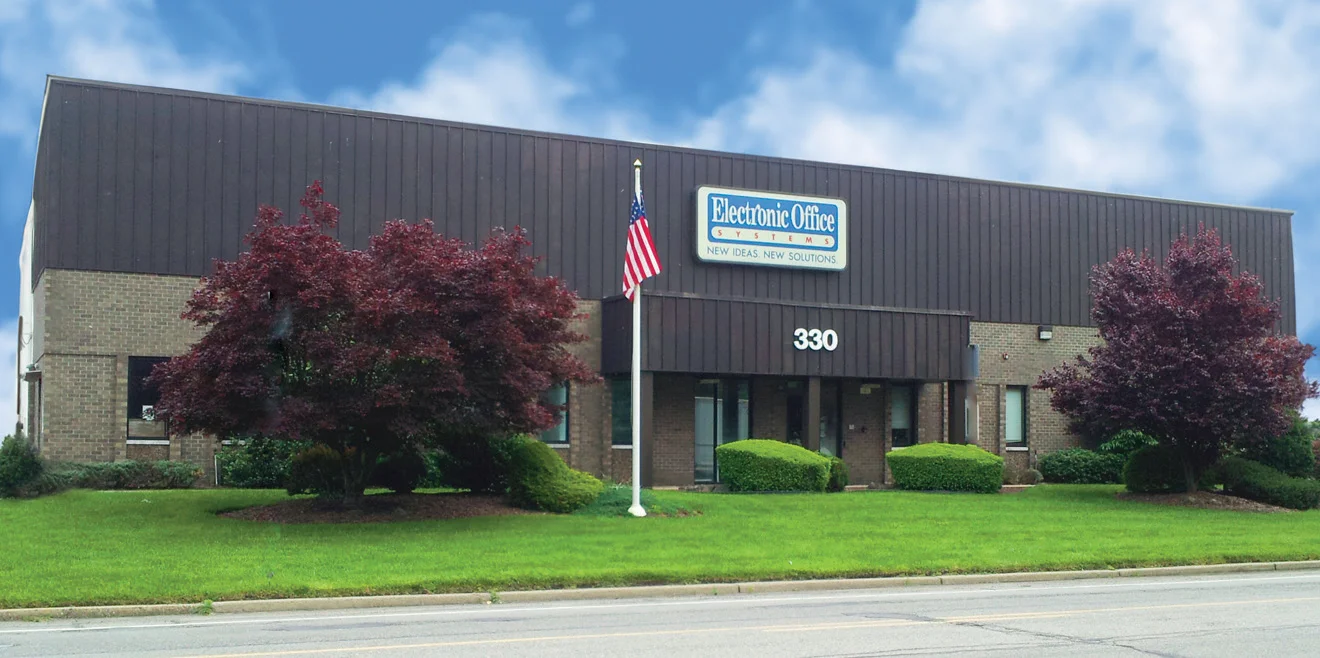Scan resolution is an important factor to consider when scanning documents into digital files. It can affect the file size of the resulting document, as well as the quality of the scan. Scan resolution is the measure of how detailed and clear the document will appear when it is scanned. The higher the resolution, the higher the detail and clarity of the scan, but the larger the file size. Conversely, a lower resolution will result in a smaller file size, but the details of the document may not be as clear.
It is important to understand the implications of different scan resolutions when scanning documents. With a lower resolution, you may be able to save space on your hard drive, but you may also compromise the quality of the scan. With a higher resolution, the document will be of higher quality, but it will also take up more storage space. Therefore, it is important to consider the trade-offs between file size and scan quality when selecting a scan resolution.
Ultimately, the optimal scan resolution depends on the needs of the user. If you need a high-quality document, you may need to accept a larger file size. On the other hand, if you only need a basic scan, a lower resolution may be adequate. Understanding how scan resolution affects file size can help you make informed decisions when scanning documents.
Types of Scanner Resolution
The resolution of a scanner is a measure of how many pixels it can capture per inch (DPI). A higher DPI indicates a higher resolution, which will produce a higher quality image. Lower resolutions will result in a lower quality image, with less detail and less clarity. The three main types of scanner resolution are optical resolution, interpolated resolution, and hardware resolution.
Optical resolution is the true resolution of the scanner, and this cannot be increased. It is the limit of what the scanner can capture. Interpolated resolution is the resolution that is created by software, and this can be increased, although the image quality will not be as good as with optical resolution. Hardware resolution is the resolution of the scanner hardware, which is usually higher than the optical resolution.
Effects of Scanner Resolution on File Size
The file size of a scanned document is largely determined by the resolution of the scanner. Generally, higher resolution scans will result in larger file sizes, as more data is stored in the file. This can cause problems when sharing or storing large files, so it is important to choose a resolution that is appropriate for the task at hand. If the resolution is too high, the file size will be large and difficult to share. If the resolution is too low, the image quality will be poor and details may be lost.
How does scan resolution impact the file size of scanned documents?
Scan resolution has a direct impact on the file size of scanned documents. Higher resolution scans will result in larger files, as more data is stored in the file. Lower resolution scans will result in smaller file sizes, but may not provide the same level of detail as higher resolution scans. It is important to choose a resolution that is suitable for the task at hand, as too low of a resolution will result in an image that is not of sufficient quality, while too high of a resolution will result in large files that are difficult to store or share.
Effects of Scanner Resolution on File Size
Scanner resolution is the measure of how much detail can be captured in an image. Higher resolutions mean that more information can be captured in a given image, resulting in a larger file size. With scanners, higher resolutions generally mean more detail in the image, but larger file sizes as well. The amount of data that can be stored in a file often depends on the resolution settings used when scanning the document. For example, a lower resolution setting will result in a smaller file size, but the image quality will be compromised. On the other hand, a higher resolution setting will result in a larger file size, but the image will look much better.
The resolution setting also impacts the quality and size of the scanned document. A higher resolution will capture more details in the document, but can also result in a larger file size. Conversely, a lower resolution will capture fewer details and will generally create a smaller file size. This is because the higher resolution captures more pixels, which results in more data being stored in the file. As a result, the file size of a scanned document can be affected by the resolution setting used to scan it.
When selecting a resolution setting for a particular document, it is important to consider both the desired image quality and file size. For example, if the goal is to scan a document for archiving purposes, a higher resolution may be necessary in order to capture all the details. On the other hand, if the goal is to scan a document for easy sharing, a lower resolution may be sufficient, resulting in a smaller file size. Ultimately, the resolution setting should be tailored to the specific needs of the document in order to obtain the desired results.
Optimal Settings for Scanner Resolution
The optimal settings for scanner resolution depend on the type of document being scanned and the desired outcome. For example, documents that need to be printed should be scanned at a higher resolution than documents that will be viewed on a computer screen. The resolution should also be adjusted to ensure the file size of the scanned document is not too large for the intended purpose. Generally, a resolution of 300 dpi is suitable for documents that will be printed, while documents that will be viewed on a computer screen can be scanned at a lower resolution of 72 dpi.
How does scan resolution impact the file size of scanned documents? Scanning at a higher resolution produces a larger file size as more information is captured. Conversely, scanning at a lower resolution produces a smaller file size as fewer details are captured. To reduce the file size of the document, a lower resolution can be used. However, this will reduce the quality of the scanned image as fewer details are captured. Therefore, it is important to consider the purpose of the document when selecting the appropriate scan resolution to ensure the desired outcome is achieved.
Impact of Resolution on Image Quality
Resolution is an important factor when it comes to scanning documents. It can have a huge impact on the quality of the scanned image. Higher resolutions can produce better image quality, but they can also lead to larger file sizes. The amount of detail and clarity in an image is determined by the number of pixels per inch (PPI) that make up the image. The more pixels per inch, the more detailed and sharper the image is. However, the higher the resolution, the larger the file size. This is because more data is needed to store the additional pixels.
When adjusting the resolution for a scan, it is important to consider the purpose of the scan. If the purpose of the scan is to capture a document in the best quality possible, then a higher resolution should be used. On the other hand, if the purpose of the scan is to share the document with others, then a lower resolution can be used to reduce the file size.
When adjusting the resolution for a scan, it is also important to keep in mind the output device. If the image is going to be printed, then a higher resolution should be used to ensure the best possible image quality. If the image is going to be displayed on a computer screen, then a lower resolution can be used.
In conclusion, resolution has a direct impact on the quality and size of the scanned document. Higher resolutions can produce better image quality, but they can also lead to larger file sizes. When adjusting the resolution for a scan, it is important to consider the purpose of the scan and the output device. This will help to ensure the best possible image quality and file size.

Optimizing Scanner Resolution for Specific Needs
Scanner resolution is an important factor in determining the quality of an image or document after it has been scanned. The higher the resolution, the sharper and more detailed the scanned image will be. However, the higher the resolution, the larger the file size of the scanned document will be. Therefore, it is important to find the optimal scanner resolution setting that will produce the desired image quality and file size.
One way to optimize the resolution for specific needs is to consider the type of document being scanned. For example, documents with text and line art, such as contracts, should be scanned at a higher resolution than documents with photographs or graphics, which can be scanned at a lower resolution. Additionally, if the scanned document is intended for printing, then a higher resolution should be used, as it will produce better results.
The file size of the scanned document is also an important factor. Documents that are scanned at a higher resolution will have a larger file size, and if they are being shared electronically, then a smaller file size is desirable. By reducing the resolution, the file size can be reduced, but this will also reduce the quality of the image. Therefore, it is important to find the right balance between quality and file size when optimizing the resolution for specific needs.
Finally, it is important to understand how scanner resolution impacts the file size of scanned documents. As the resolution increases, the file size of the scanned document will also increase. Therefore, it is important to choose the right resolution setting that will produce the desired quality and file size. By optimizing the resolution for specific needs, it is possible to produce the desired results without sacrificing either quality or file size.

